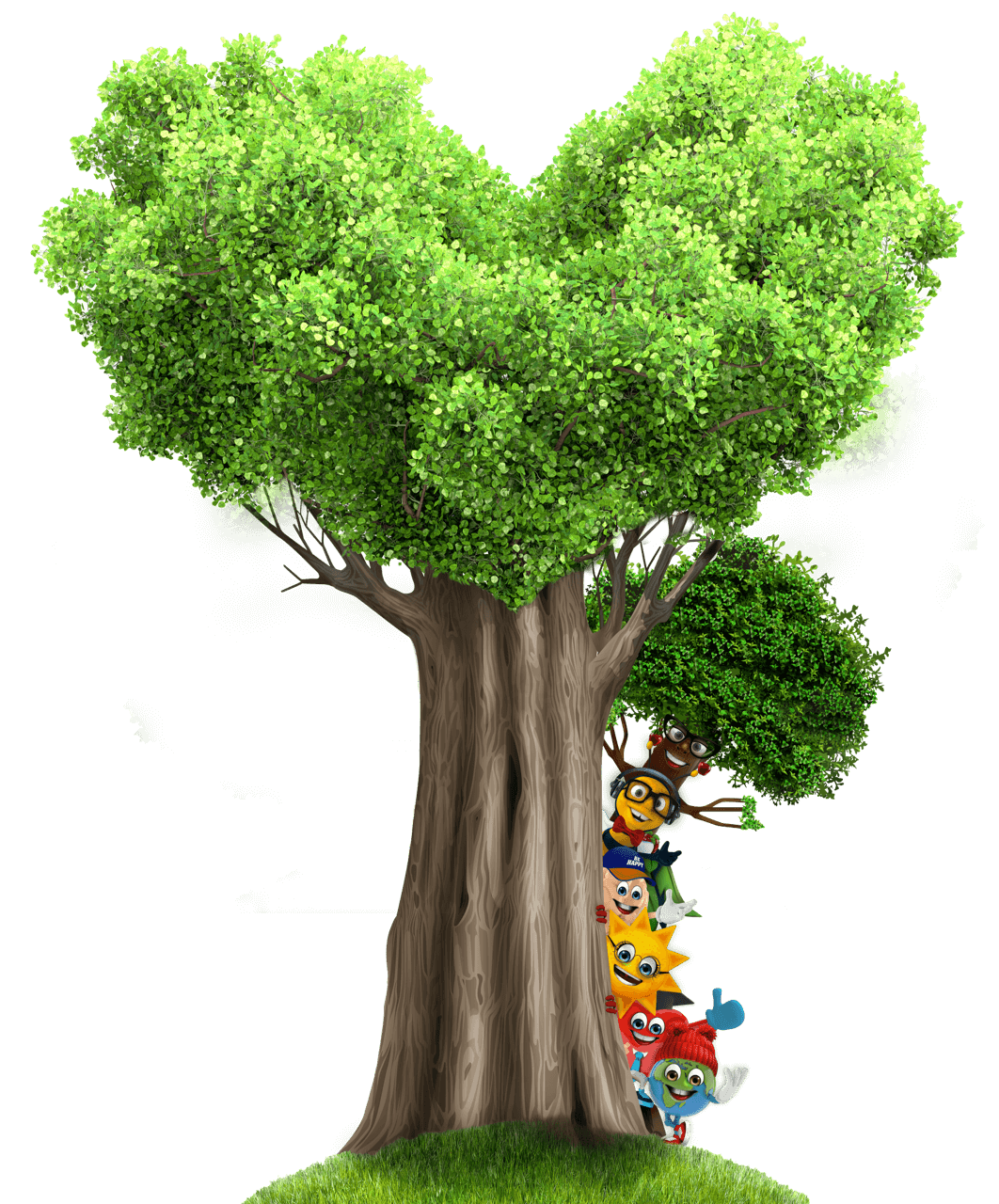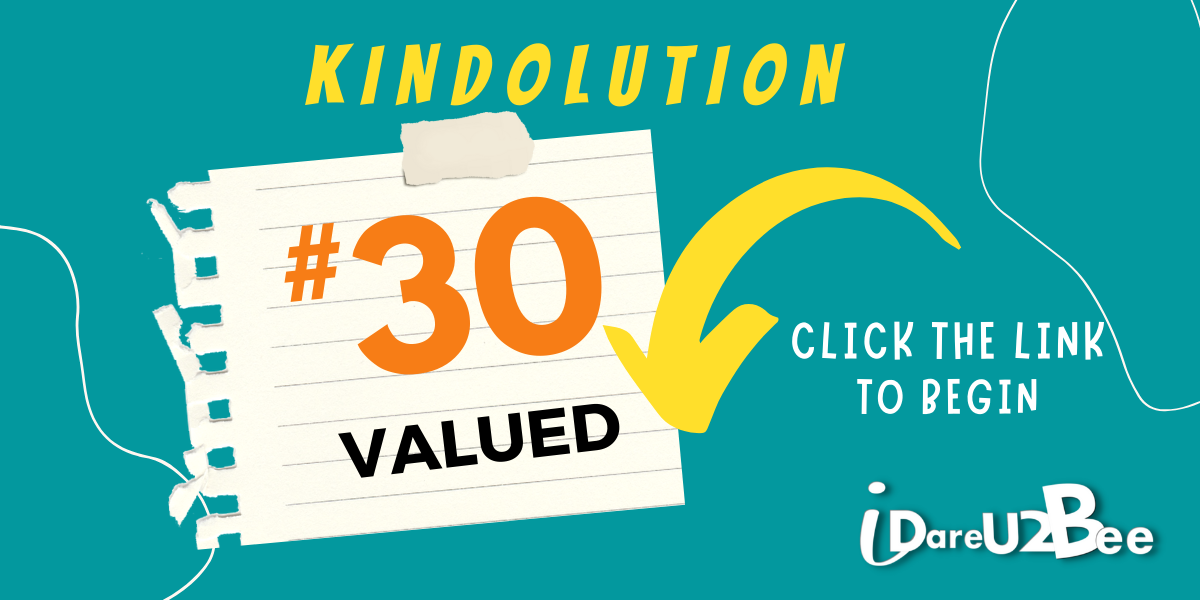I woke up today and instead of getting ready, going to the gym, and going to teach 130 elementary students’ music for the day, I got up, and headed to my virtual music classroom. I have 9. Instead, we all find ourselves in a bizarre world, one where we are required to stay home. My name is Kelly Tipler, I’m a music teacher for a board in the GTA and have a background in teaching grades 2 and 3. I love being a music teacher. I get to see kids who have trouble in other ‘academic’ areas shine.
The challenge for all of us is to figure out how to do it all, when the reality is, we can’t. There aren’t enough hours in the day, literally. Think about it, let’s take a family of 4 (just because it’s a nice round number). This family could possibly have two kids in school for roughly 6 hours a day, two parents working 8-hour days. That’s 28 hours of productivity, 24 hours in a day, with 8 of that being the work we do to pay the bills. What if you’re a single parent with young kids? Or a family of 5 with 1 computer? A family without WiFi? The numbers speak for themselves right there. School works really nicely; kids go to school while most parents are at work. We can time leverage. This isn’t the case right now. The little ones need help with everything, asking them all of a sudden to use google classroom, bright space, or another online platform to get their instructions from, do worksheets on the computer, submit work on the computer is stressful. Let’s face it, even logging in can be an issue. There was a good meme that went around when this was first starting that went something along the lines of “One does not simply ask a kindergarten student to log on!”.
Kids who speak next to no English can often participate and smile for the first time in their new school by watching and mimicking what others do which can give them a sense of accomplishment and belonging. Doing clapping patterns, or xylophone patterns, neither requires the use of ‘English’. I can also spot kids who have trouble with special sense which is directly connected to math, there is new evidence that suggests there are links between beat and rhythm with reading ability.
Music, at the primary and junior level, is a subject that requires teacher-led lessons, especially with the young ones. It is a subject that can bring great joy by listening or participating in it, but it also has an intense academic side when learning how to read and write music. Now, with distance learning, the reality is that many parents don’t have the basic theory skills to help their child, or they have a solid musical background, but don’t have an understanding of the developmental progression that needs to be considered. Music is a really abstract subject, so writing notes on a page is really difficult for young minds to understand, even the concept of a high note versus a low note.
How does distance learning in music look for me as a music teacher?
My program looks nothing like it would in my beautiful large music room at school, filled with a LOT of instruments. So, I am sharing familiar songs they have learned throughout the years. Finding different ways that music is being used during this time. Finding examples of music being used in this time such as the Canadian National Anthem on the Canada Together website. Another example is from the Toronto Symphony Orchestra, they did a wonderful virtual performance of an excerpt from Aaron Copeland’s “Appalachian Spring Suite”. For those who don’t know it, it uses the song ‘Simple Gifts’. So, I’m creating a unit around that for my Grade 5 students. For me, it is not a matter of taking what I normally do and put it online. I can’t have my class explore chord changes with xylophones, or create music as a group together, the aren’t able to work in partners to do improvisation call and answer patterns, and they don’t get to use good quality instruments. I can’t expect parents to help their kids with actual musical work because I have no idea what their basic background is. So, I have to adjust my expectations, and learn to be ok with it.
Where does music fit into distance learning?
At the moment in the board I work for, we have been instructed for our elementary students to get between 3 to 5 hours of work per week focusing on language and math. Parents have been told this too. But then you have the music teachers, and the gym teachers (art, French, dance, drama). Where do we fit into this? We are teachers with passion for our subjects. Music and dance are wonderful creative outlets, so much of what we’ve seen on social media is adults picking up their instruments again, learning ‘tik tok’ dances, doing fitness challenges. Fitness is key to keeping our brain and body healthy, we will get through this situation in a much better mindset if we are moving every day. It would be very easy for me to fill up all 5 hours a week with music lessons. Music itself has different strands (like language: reading, writing, oral communication, and media). In music we might see titles such as creating, performing, reading music, and writing music. But, given the 3 – 5-hour time frame, I need to be aware of what students and families are dealing with.
What does a day look like for me?
I can honestly say, I have never in my life spent this much time sitting! I usually stand for a good 6 hours a day (note: the 6 hours refers to actual teaching, this doesn’t include the time spent before or after school preparing). Now, I am on my computer for a good 6 – 8 hours a day, at least, and at all times of the day. Answering emails & questions from students, doing short videos to explain their task. Looking for content… and there is so much content out there. Weeding through it all to see what would be the best fit for my students. Many teachers are now part of Facebook groups about distance learning. I am part of one group specific to my school board, one that is ‘e-learning in music’ has teachers from all over the world, and several other groups. The time I’ve spent doing google classroom tutorials, and learning how to use google slides, and how to make student worksheets in google docs, slides, and forms. I’ve had to actually create worksheets because I typically don’t use worksheets in music. We generally spend our class time, performing and creating!
Where do we go from here?
I am not a parent, but, I do know from friends that they are overwhelmed. My message to you is to do what you can. Break up the learning with music and gym activities so their brain gets a break. There is a lot of language that happens when you do a music lesson, whether you realize it or not. Different vocabulary is used, different areas of the brain, reading and creating rhythms is just a different type of reading. So, when you do get frustrated or your child gets frustrated… go and visit the ‘other’ subject areas, they are valuable and can bring a lot of joy especially during this time. We are all in this together, even in our different circumstances. Your child’s teachers are there for you and your family.
Written By: Kelly Tipler








